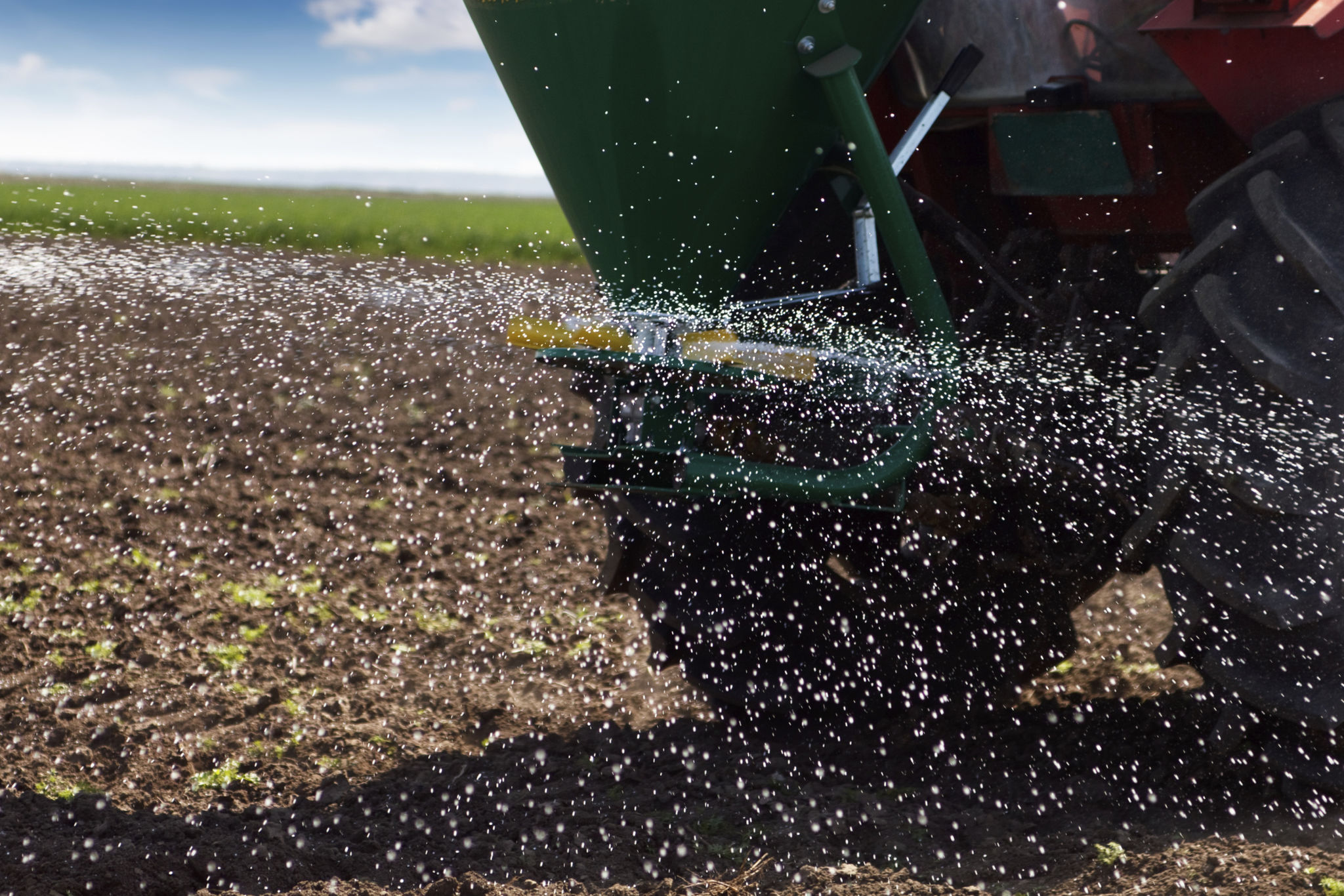An In-Depth Guide to Choosing the Right Fertilizer for Your Crops
Understanding the Basics of Fertilizers
To optimize crop growth, it's essential to understand the basics of fertilizers. Fertilizers are substances that provide essential nutrients to plants, promoting healthy growth and improved yields. They typically contain macronutrients like nitrogen (N), phosphorus (P), and potassium (K), as well as micronutrients such as iron, manganese, and zinc. Choosing the right fertilizer involves understanding your crop's specific needs and soil conditions.

The Importance of Soil Testing
Before selecting a fertilizer, conducting a soil test is crucial. Soil testing provides valuable insights into the nutrient content and pH level of your soil, helping you make informed decisions about which nutrients need supplementation. Without this step, you might either under-fertilize or over-fertilize, leading to suboptimal plant growth or even damage.
Types of Fertilizers
Fertilizers can be broadly categorized into two types: organic and inorganic. Organic fertilizers are derived from natural sources like compost, manure, or bone meal, and they improve soil structure while providing nutrients. Inorganic fertilizers, on the other hand, are synthetic and offer a more concentrated form of nutrients. Each type has its own benefits and considerations, depending on your farming practices and goals.

Organic Fertilizers: Benefits and Considerations
Organic fertilizers release nutrients slowly, which can be beneficial for long-term soil health. They enhance soil fertility by improving the soil's physical and microbial properties. However, their nutrient content is usually lower than inorganic options, requiring larger quantities for the same effect. They are best suited for sustainable and environmentally friendly farming practices.
Inorganic Fertilizers: Efficiency and Precision
Inorganic fertilizers provide nutrients in precise concentrations, making them ideal for addressing specific nutrient deficiencies quickly. They are often used in large-scale farming operations due to their cost-effectiveness and ease of application. However, improper use can lead to nutrient runoff and environmental concerns, so they must be applied judiciously.

Specialized Fertilizers for Specific Crops
Certain crops require specialized fertilizers tailored to their unique nutritional needs. For example, fruiting plants might benefit from high-potassium fertilizers to promote better yields. Understanding these specific requirements can enhance the quality and quantity of your produce. Always research or consult an agricultural expert for advice on the best fertilizer blends for your particular crops.
Application Methods
The method of fertilizer application is as crucial as the type of fertilizer itself. Common methods include broadcasting, side dressing, foliar feeding, and fertigation. Each method has its advantages and is suitable for different crop types and growth stages. Consider the crop's growth cycle and environmental conditions when choosing an application method to maximize efficiency.

Environmental Impact and Sustainable Practices
The choice and application of fertilizers can have significant environmental impacts. Overuse of fertilizers can lead to water pollution due to runoff, affecting aquatic ecosystems. Adopting sustainable practices like precise nutrient management and integrated pest management can minimize these effects while maintaining productivity. Always aim for balanced fertilization to support both crop health and the environment.
Conclusion: Making Informed Choices
Choosing the right fertilizer involves a combination of understanding your soil's needs, selecting the appropriate type of fertilizer, and applying it correctly. By taking these steps, you can ensure optimal crop growth while supporting sustainable agricultural practices. Remember that informed choices not only benefit your crops but also contribute to a healthier environment.
